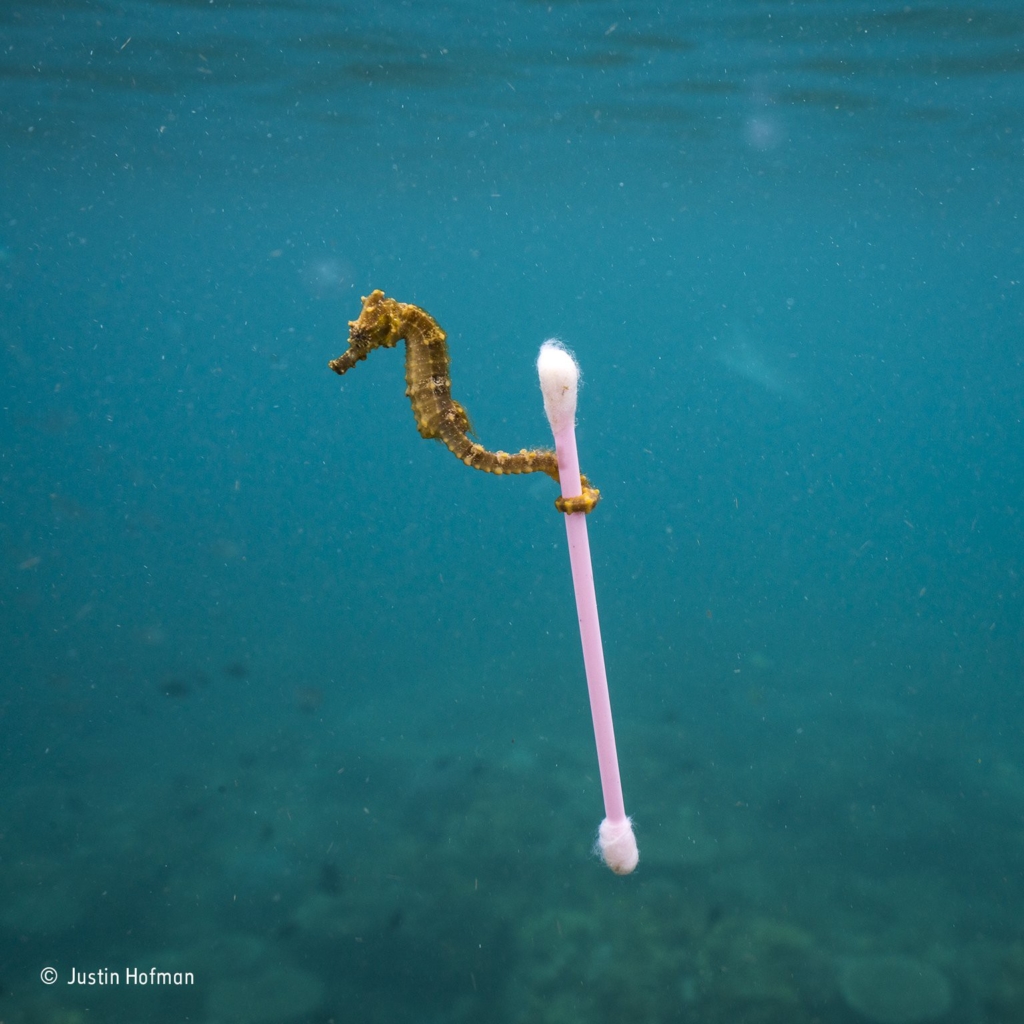The WildArk team have ventured far and wide in 2017 on our mission to protect biodiversity around the world. During our travels, we have experienced some amazing wildlife encounters, plus witnessed some epic moments captured by other passionate nature lovers.
Here are some of our favourite wildlife moments from the year:
White Giraffes in Kenya
A pair of giraffes with leucism, a condition that inhibits pigmentation in skin cells, have been filmed by conservationists for the first time in Kenya.
Source: The Guardian
Monkey Giving Birth
Gelada monkeys generally give birth in total seclusion. This rare image was captured by Jeff Kerby while on assignment in Ethopia for National Geographic. Source: National Geographic
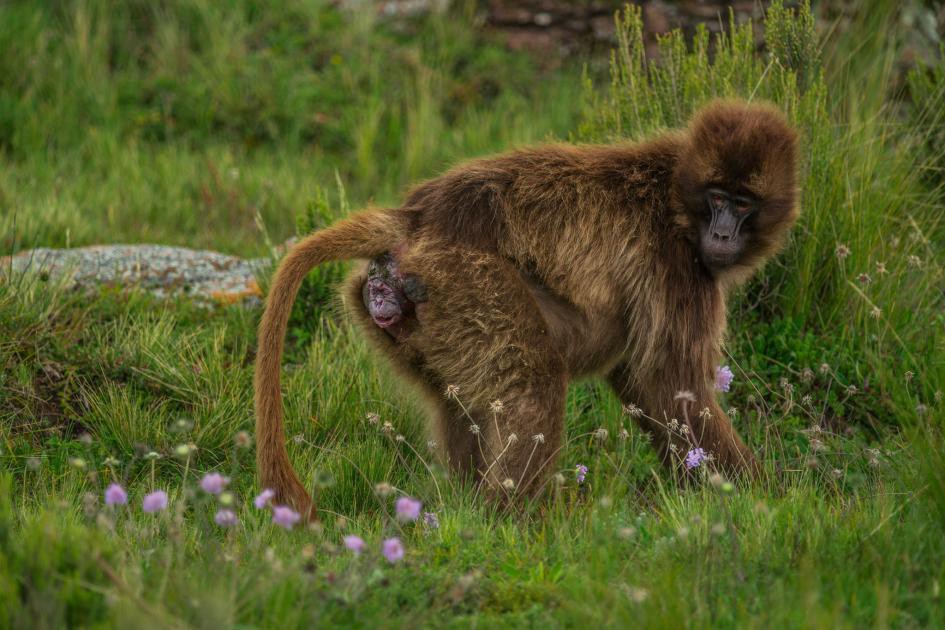
Bear Hug in Alaska
The Wildlife Photographer of the year awards are always an outstanding display of some of the best wildlife images of the year. This image of a brown bear cub in Alaska’s Lake Clark National Park was taken by 15 year photographer Ashleigh Scully, who won the Wildlife Photographer of the Year (11–14 year-old Division).
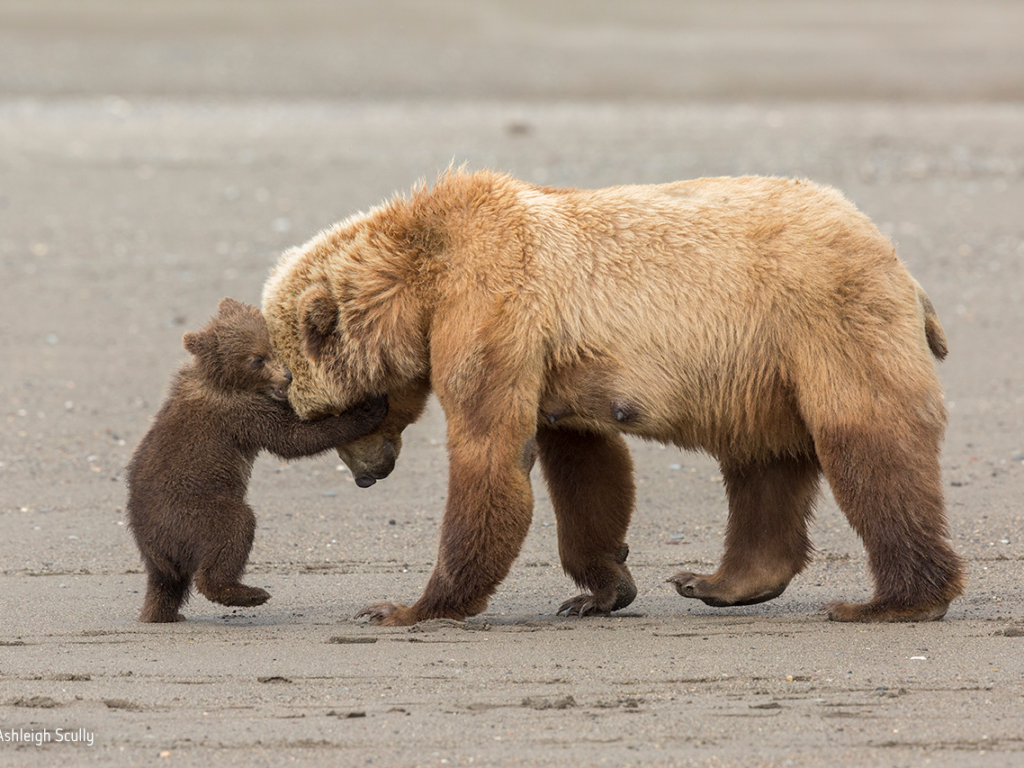
The Old Testament
WildArk ambassador and acclaimed wildlife photographer David Yarrow using the new Nikon D-850 captured this image of a majestic lion, just as the sun was setting. The image is timeless and the backlit dust adds to its elemental and rather biblical mood — hence the reason the image was called The Old Testament. This image helps raise awareness to the plight of the lion and the work being done to enjoy protect this species for future generations.
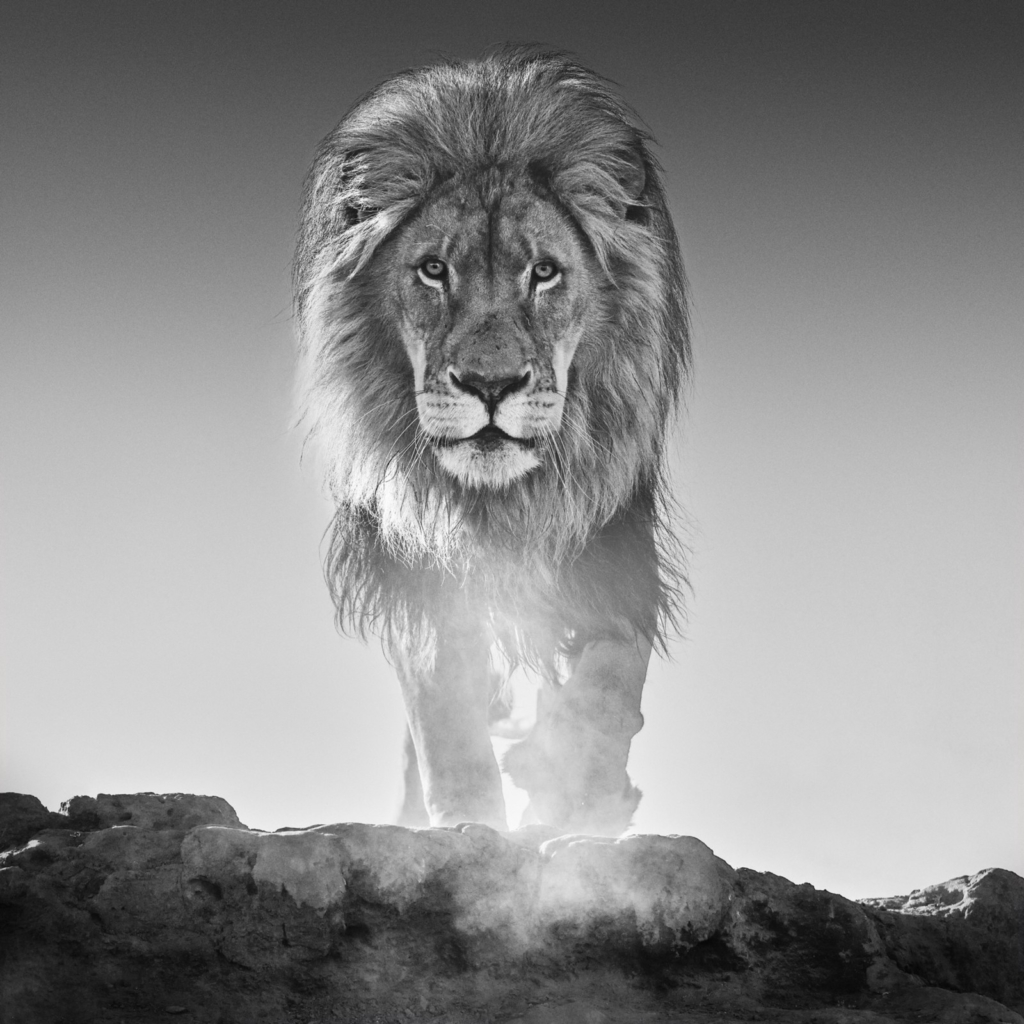
The First Visitors
For us personally at WildArk, there have been some particularly special wildlife moments on Pridelands this year. Firstly witnessing the first elephant arrive on Pridelands after removing the fences that had been in place for over 50 years, was a moment that we will never forget.
Making a Home
With a pride of lions making Pridelands their home, the name of the first WildArk conservancy became even more relevant. This image was captured by Kevin Maclaughlin taken on a hot Africa afternoon, when lazy under the trees seemed like a better option for everyone.
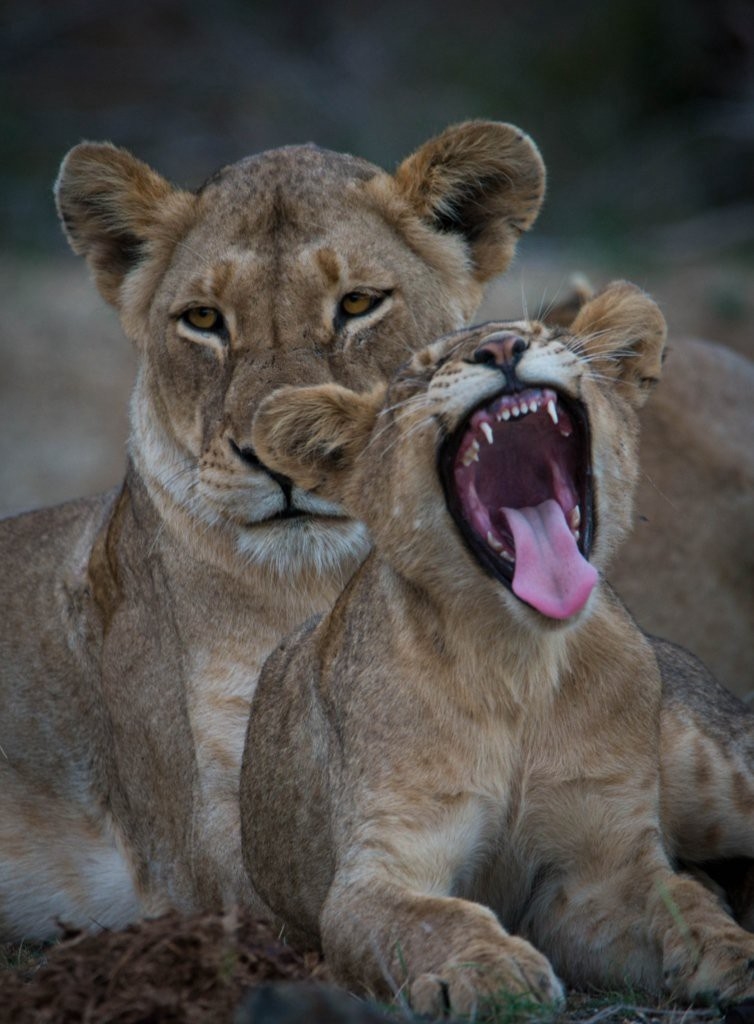
Elephants Defying Gravity
Watching a 6 tonne elephant rise onto his hind legs to reach the seeds pods of the Ana tree in the Mana Pools region of Zimbabwe, is not something that you see everyday. “Fred” did not disappoint as he gently rose into the air with trunk fully stretched and reaching for the highest branches.
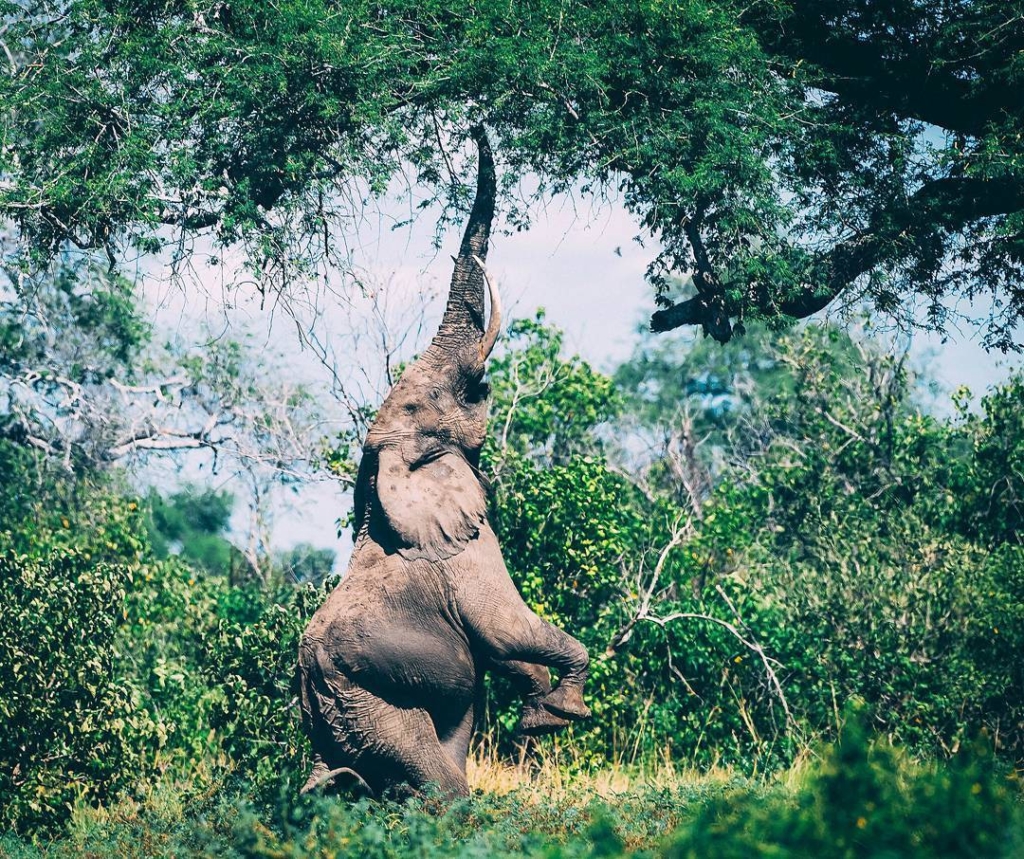
The Itch that just needed to be scratched
Gareth De Bruno Austin had been lucky enough to film this particular rhino for quite a few years for a rhino poaching documentary ‘Disunity’ and had built up a level of trust with her. So when she approached him, she clearly just needed an itch scratched. Once she had had enough, she just simply walked away and continued grazing. This is definitely not something to be encouraged in the wild, but quite a unique moment for Gareth.
Critically Endangered
Photographer Jayaprakash Joghee Bojan recently won the National Geographic Nature Photographer of the Year for his image of an orang-utan in Borneo, which perfectly captured the growing plight of the species due to human-caused environmental degradation of its habitat.
The ape was photographed while crossing a crocodile infested river. This unusal behaviour has been forced onto the species due to clearing of his natural habitat in Borneo for palm oil production.
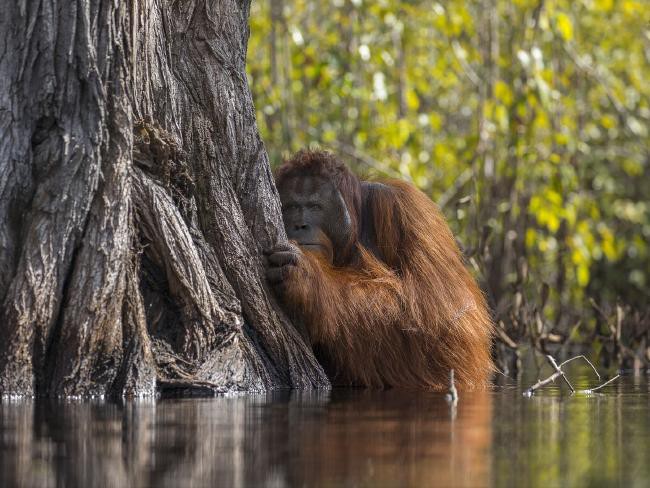
Making you think
The winning image from the 2017 Wildlife Photographer of the Year awards is one to make you think. Captured by American photographer, Justin Hofman, the image was taken in Indonesia. Justin recounted that this image is a photo that he wished didn’t exist, but now that it does, he wants everyone to see it. What started as an opportunity to photograph a cute little sea horse turned into one of frustration and sadness as the incoming tide brought with it countless pieces of trash and sewage. This sea horse drifts long with the trash day in and day out as it rides the currents that flow along the Indonesian archipelago. This photo serves as an allegory for the current and future state of our oceans.
